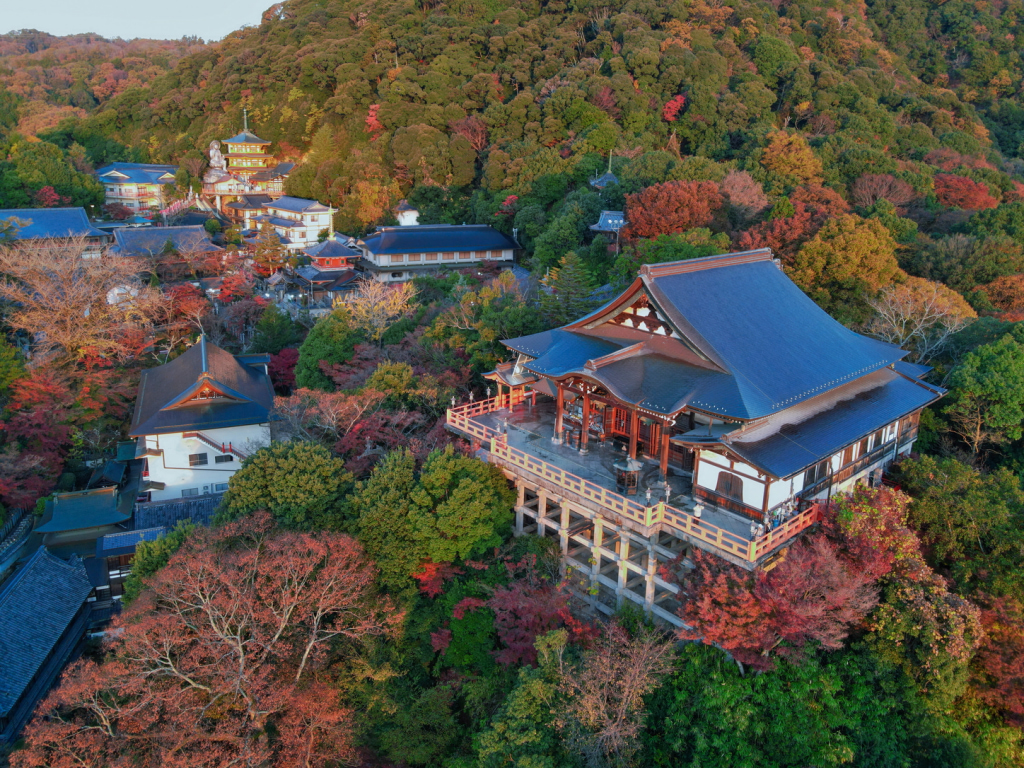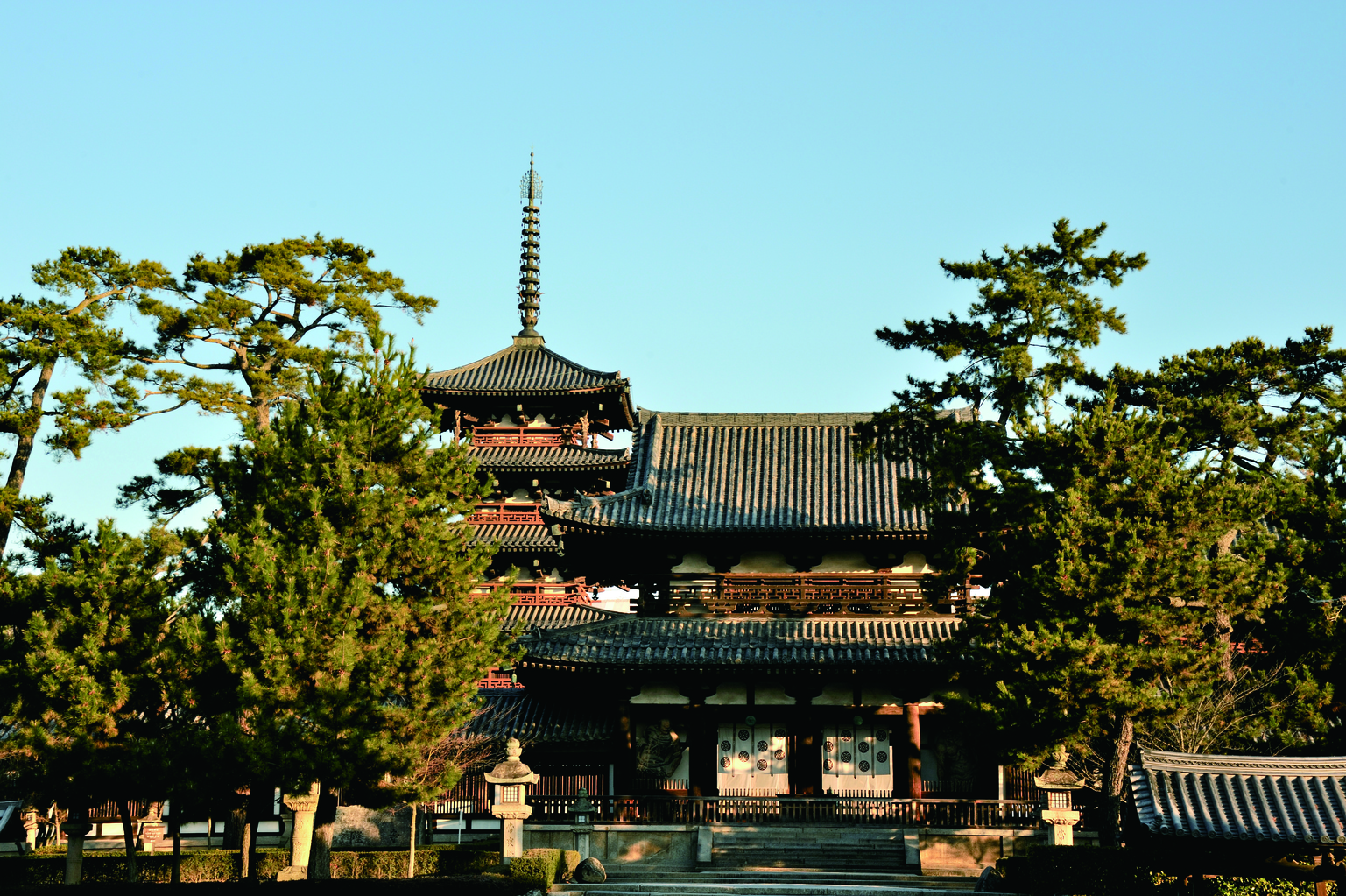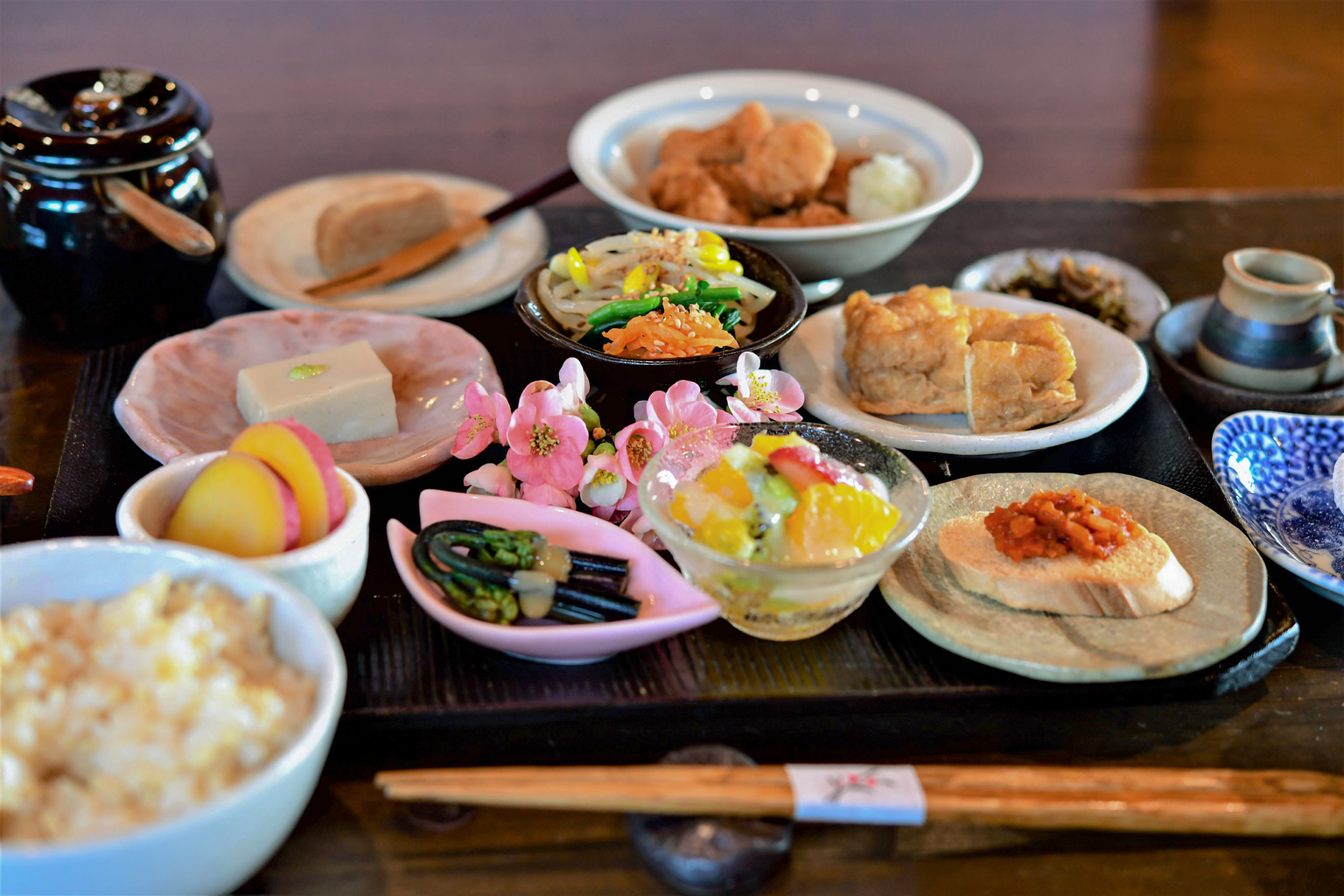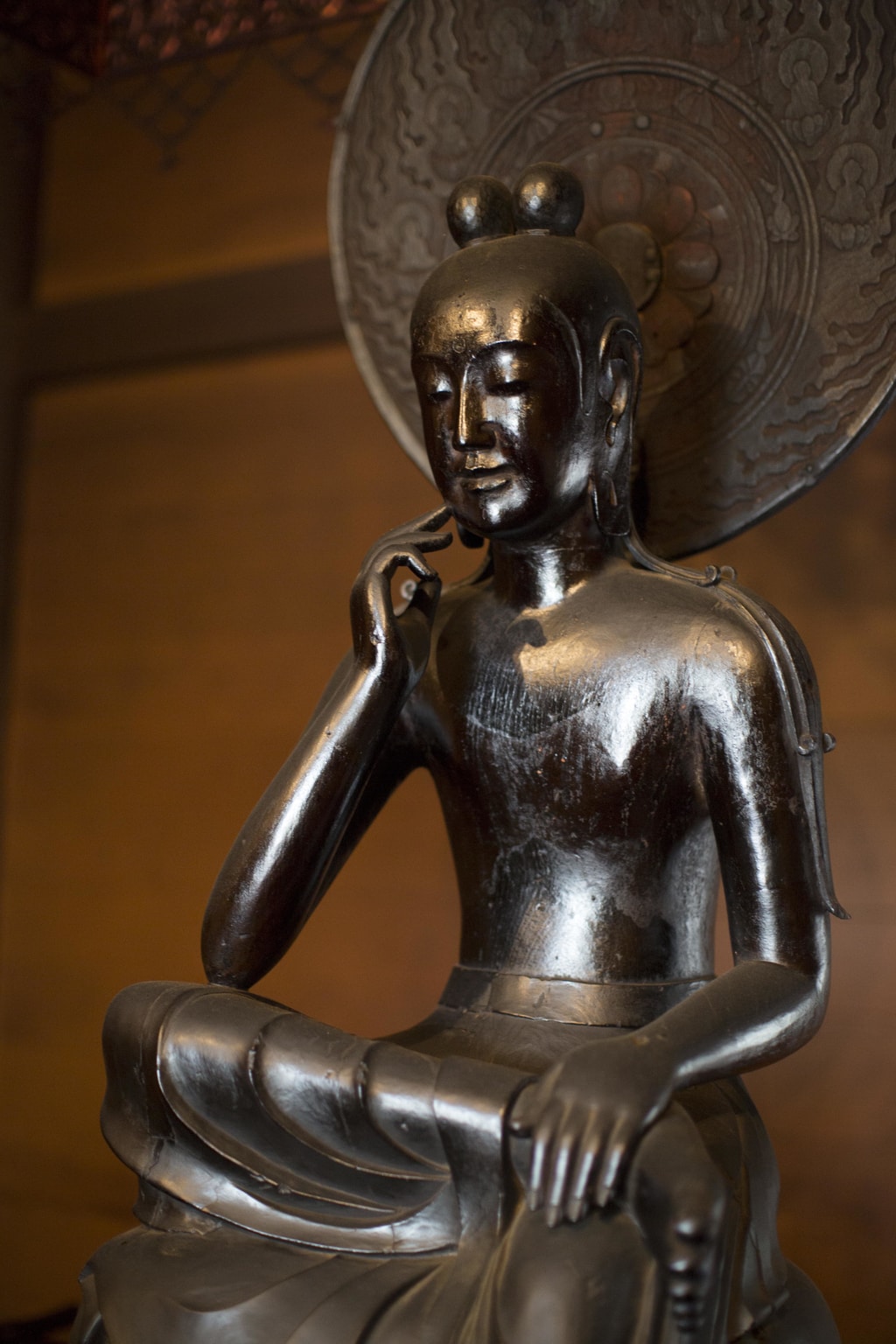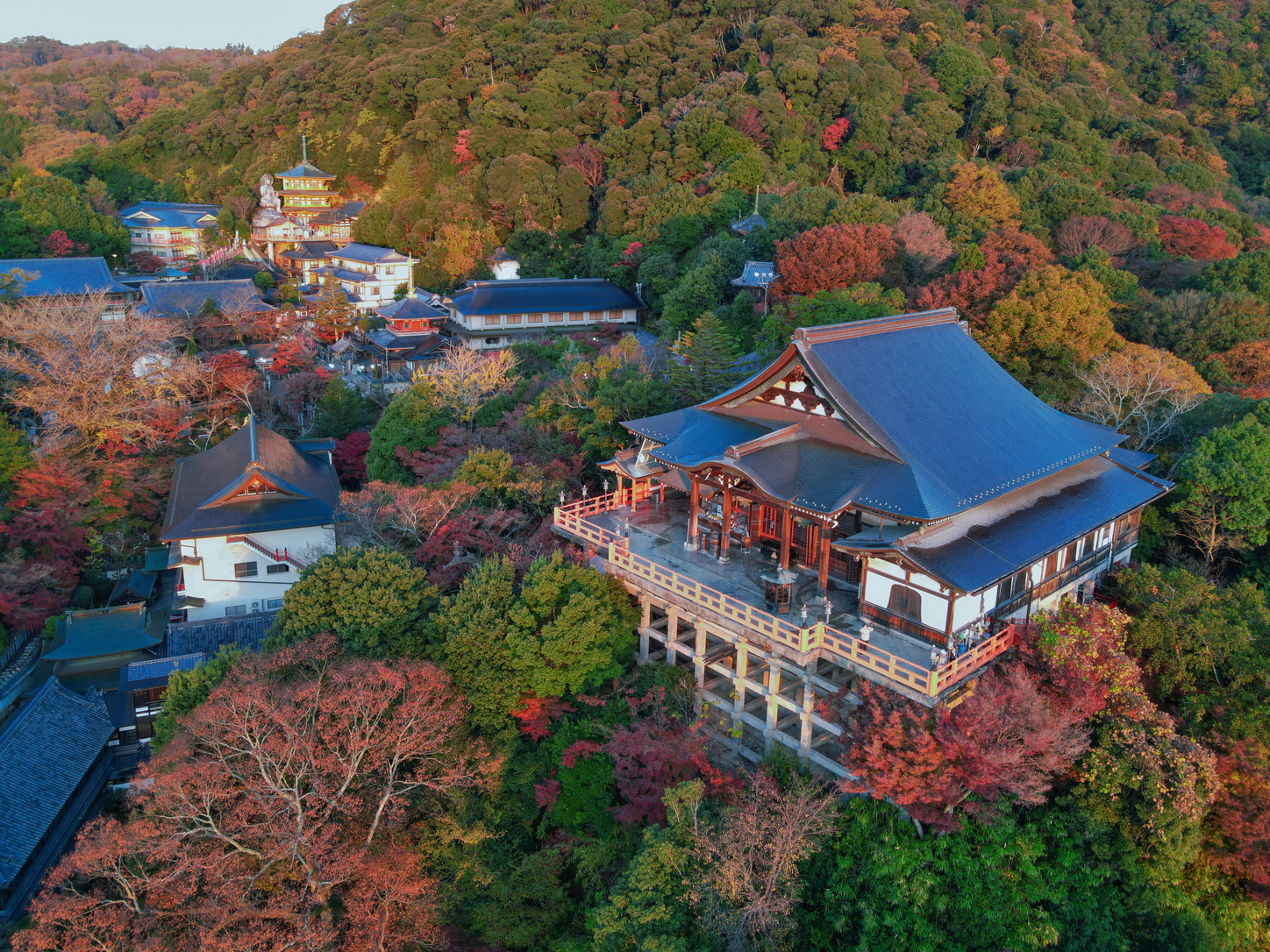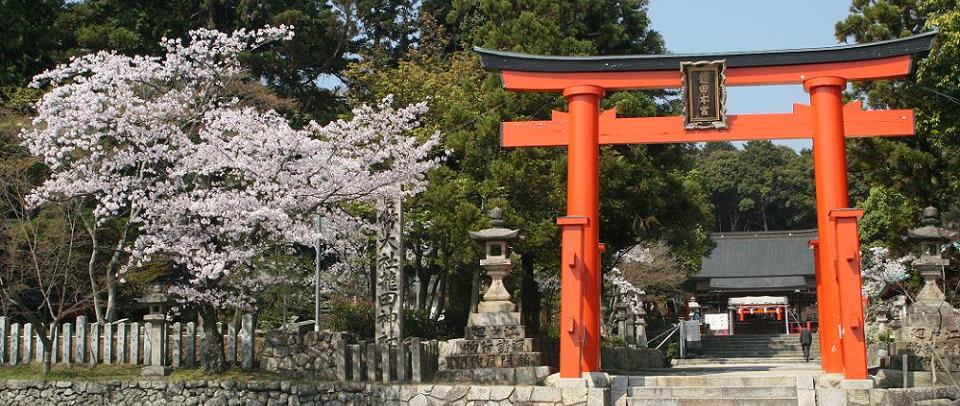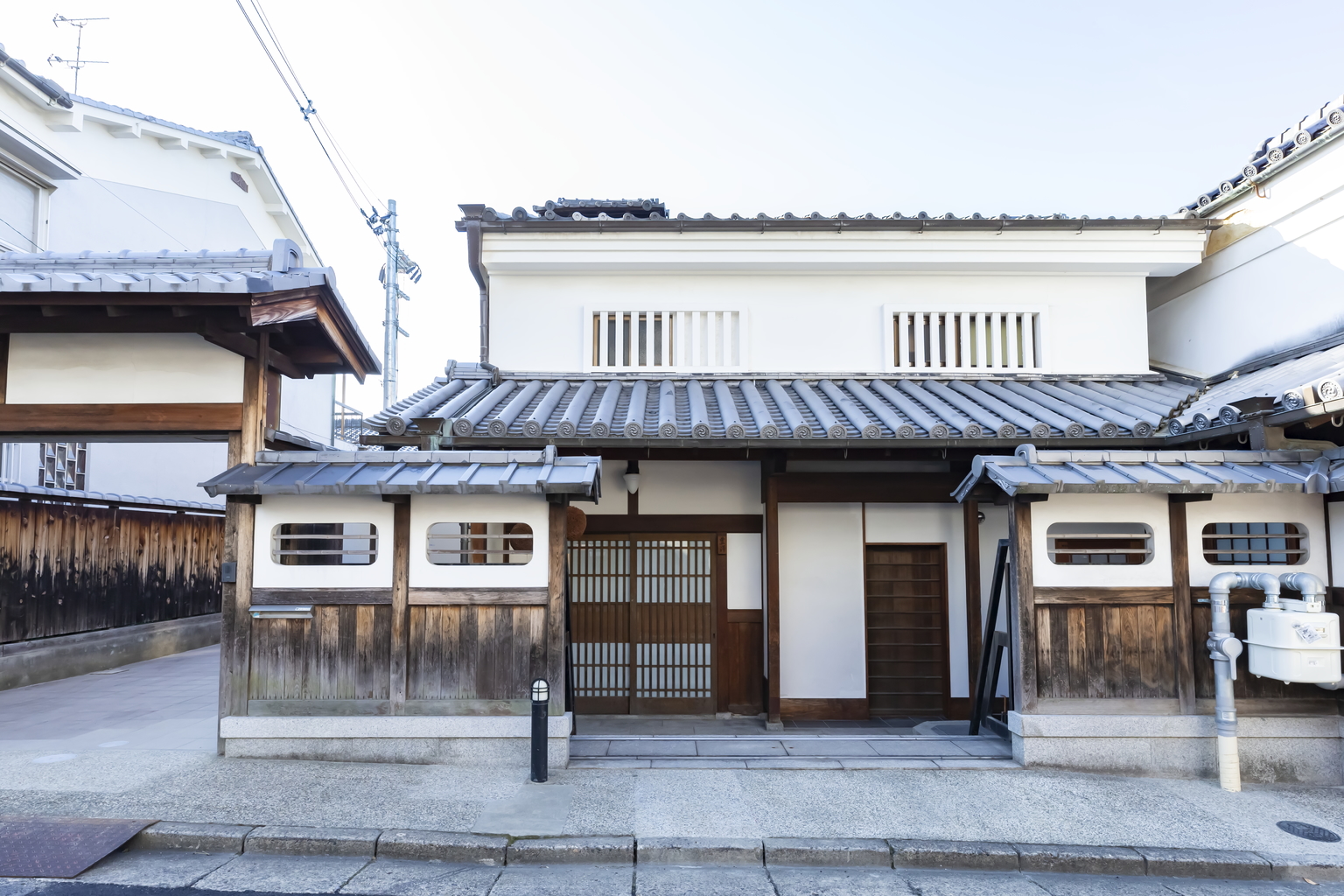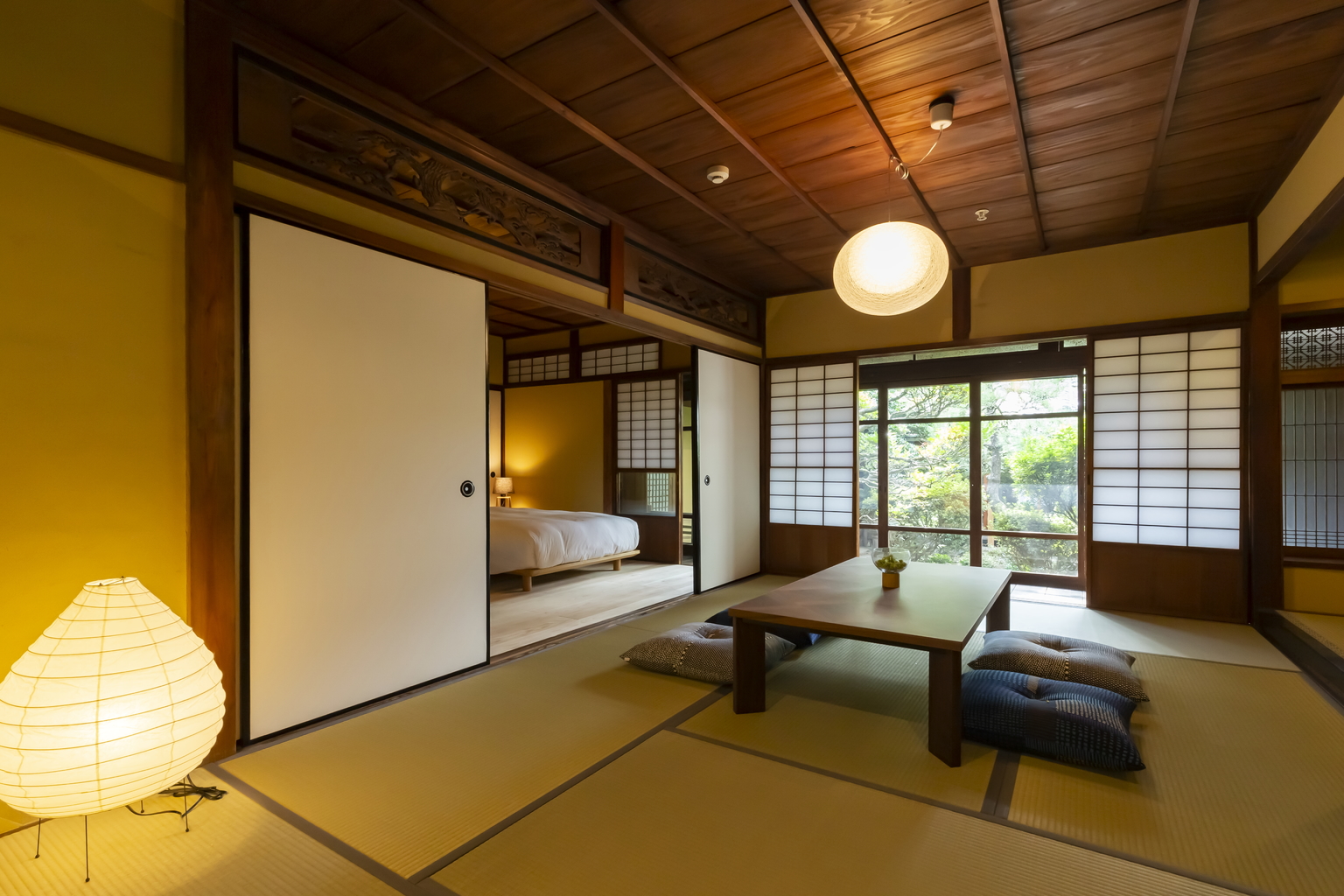Fourteen hundred years after his death, Prince Shotoku’s legacy remains strong in Japan. More than just a prince regent, Prince Shotoku was many things: a politician, a champion for Buddhism in Japan and possibly even enlightened at birth. The countless stories spun about him after his death make it hard to separate fact from fiction. One thing is for sure — Prince Shotoku played a pivotal role in shaping Japan’s identity and even changed the course of its history because of his devotion to Buddhist teachings and ethical mores.
Prince Shotoku’s spirit is very much alive in the hearts of Japanese people to this day. He is one of the first historic figures children learn about in school and is regularly featured in modern media and pop culture. This year marks exactly 1,400 years since his death and many historic sites across Nara will celebrate all year. To learn more about this historic man of mystery and why he is still important today, explore some of the places connected to him that still exist.
Day 1
Horyuji Temple
Without Prince Shotoku, there would be no Horyuji Temple and without Horyuji Temple, there would be no Prince Shotoku as we know him today. He founded the temple in 607 and much of his life and legacy are retold in artform in Horyuji Temple’s halls. Peruse the halls of the first Japan-based UNESCO World Heritage site to learn of Prince Shotoku’s legends and catch a rare glimpse of Buddhist art from the Asuka period (592-710). Be sure to visit Hokiji Temple, which was built over Okamoto Palace, where Prince Shotoku gave lectures on the Lotus Sutra. It is also home to Japan’s oldest surviving national treasure, a three-story pagoda built in the early 8th century.
More info here.
Genmaian
After Horyuji, take a break at nearby Genmaian. It’s a charming restaurant in a modern take on a traditional farmhouse that serves organic shojin ryori, or Buddhist fare. Order the kobachi (small bowl) set for lunch — it’s a mouthwatering feast of colorful vegetarian-friendly and macrobiotic dishes. The brown rice — the restaurant’s namesake of genmai — is cooked in traditional kamado cookers, making it fluffy and soft. Note: Reservations recommended for lunch and required for dinner.
More info here.
Chuguji Temple
Just a short walk from Genmaian is Chuguji Temple. Originally a palace belonging to Prince Shotoku’s mother, Empress Anahobe no Hashihito, he converted it into a nunnery in her memory after her death. Since then, the temple has had a strong connection with the imperial family of Japan, with many imperial princesses taking on the role of abbess. Don’t miss the statue of Nyoirin Kannon Bosatsu, whose enigmatic smile is considered one of the three smiling masterpieces of the world together with the Mona Lisa and the Great Sphinx of Giza.
More info here.
Stay: Gyokuzo-in
What better way to spend the night than on a mountain of miracles? Though Mount Shigi may be short in stature at only 437 meters high, this is where Prince Shotoku’s prayers for triumph were answered. Bishamonten, the Buddhist deity of war, appeared to him at the Hour of the Tiger, on the Day of the Tiger, in the Year of the Tiger and led him to victory. Since then, this holy mountain has been a gathering place for tiger-related symbols and Buddhists and pilgrims, who come to train and pray. Visitors can stay here too, to get a taste of what life is like at a traditional temple.
More info here.
Day 2
Tatsuta-taisha Shrine
One of the few Shinto shrines connected to Prince Shotoku, Tatsuta-taisha Shrine stands out because of its direct relation to Horyuji Temple. Prince Shotoku came here to pray when he was founding Horyuji Temple and it’s said that Tatsuta Daimyojin, the god of wind and beginnings, protects the temple from strong winds and typhoons. The shrine’s annual Fuchin Taisai, a ritual that ends with fireworks, is held to honor the God of Wind and keep him pleased.
More info here.
Funchana
For a bite to eat after visiting Tatsuta-taisha Shrine, stop by Funchana, which is conveniently located close to Sango Station, the nearest hub to the shrine. This creative café offers curry rice, BLTEs and more. Even if you’re not hungry, their coffee is a must-try, and they have an impressive selection of handmade items and ceramics made by local craftspeople.
More info here.

Darumaji Temple
Darumaji Temple is home to not one, but two famous Prince Shotoku legends. The first, tied to its founding, tells of Prince Shotoku’s selfless act of giving a starving man in rags some food, water and even items of his own clothing. The man died shortly after and the prince demanded he be given a proper burial. Days later, however, the tomb was found to be empty, with the borrowed clothes neatly folded on the coffin. The man was later thought to be an incarnation of Daruma Daishi and the temple was founded on his tomb in his honor. The second story explains why the statue of a dog named Yukimaru is on the temple grounds. It’s said he was the prince’s own pet dog and that Yukimaru understood human speech and could even chant Buddhist sutras.
More info here.
Stay: Nipponia Nara Naramachi
A rare jewel in central Nara city, the Nipponia Nara Naramachi is a renovated sake brewery-turned-accommodation. Here you can sip some of the region’s finest nihonshu — including some very exclusive tipples — without having to worry about a long walk home after.
More info here.
Day 3
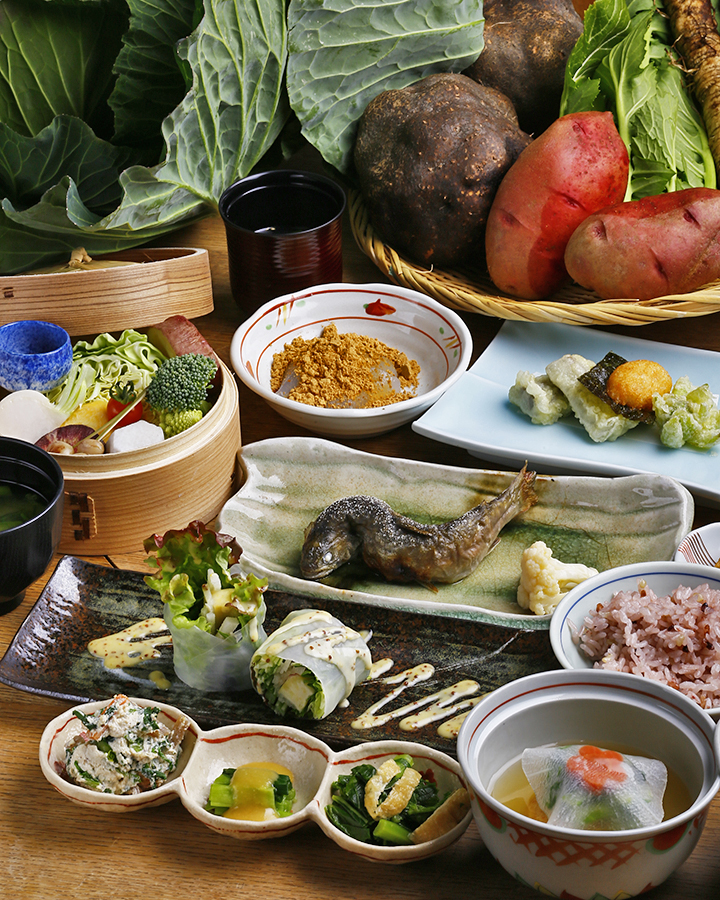
Naramachi
Spend the morning exploring the Naramachi area to get a firsthand feel of how Nara seamlessly mixes the contemporary with the ancient outside of shrine and temple complexes. Shop for souvenirs and enjoy city life before taking one last trip into Prince Shotoku history in the afternoon.
Naramachi Shunsai Hiyori
Stay in the Naramachi area for lunch. Naramachi Shunsai Hiyori serves a stunning selection of meals using locally sourced ingredients.
More info here.
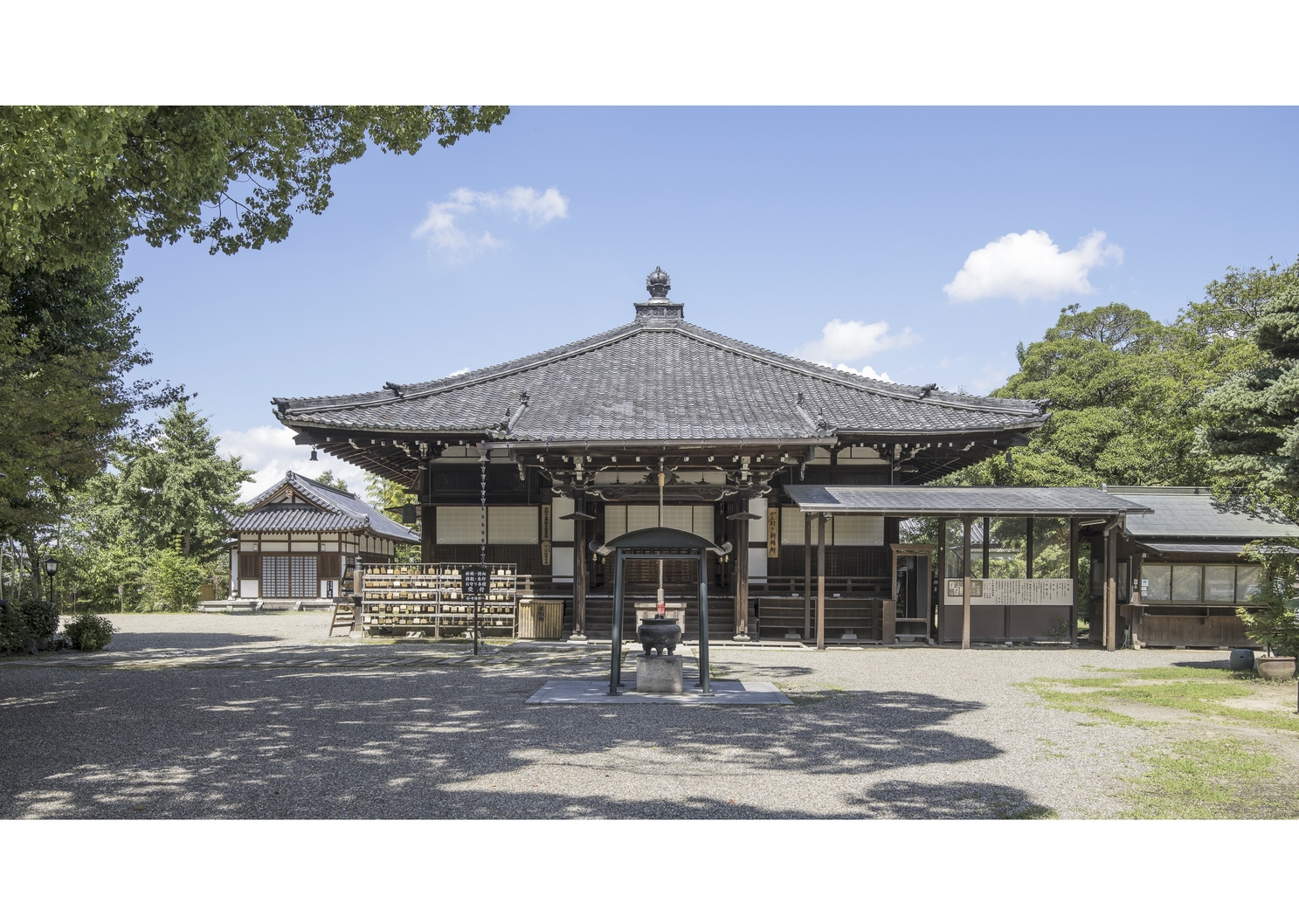
Daianji Temple
Daianji Temple has a long and complicated history. Prince Shotoku founded it as Kumagori Monastery – a Buddhist training center – in his lifetime. After several name and location changes, it finally became Daianji Temple in the then new capital, Heijo-kyo (present-day Nara). It was then established as one of the Seven Great Temples of the Southern Capital and was home to many prominent monks and played an important role in the development of Japanese Buddhism. In the 700s, Daianji was about 25 times the size it is now, but its strong presence — not in the least through its imposing statues — is palpable.
More info here.
Not Enough Nara Yet?
Here are more spots to add to your itinerary.
Inns and Auberges
Ubusuna-no-Sato Tomimoto
This inn and restaurant is a fascinating cultural and art destination of its own, as it was originally the home of Kenkichi Tomimoto, a famous potter and a Living National Treasure.
More info here.
Nipponia Tawaramoto Maruto Shoyu
Established during the Edo period, this former soy sauce brewery is now a charming place to stay the night — the perfect getaway from it all.
More info here. It
Auberge in the Forest Ki-ra-ra
This forest retreat offers farm-to-table, French-inspired cuisine with local fresh products, plus cozy rooms.
More info here.
Hotel and Restaurant Kanau
Designated a national important property, this traditional establishment was once an imperial palace. These days, it’s an excellent choice for authentic Italian fare and locally caught game.
More info here.
Temple Dining
Chokyuji Hokkein
Dine on delectable Buddhist cuisine featuring nama-fu wheat gluten and sesame tofu.
More info here.
Jikoin Temple
Pair your tea with a view of a meticulously manicured dry landscape garden and the Yamato Plain beyond.
More info here.
Sponsored Post

